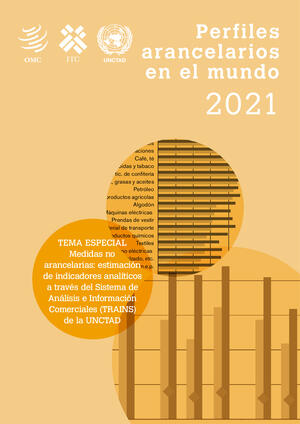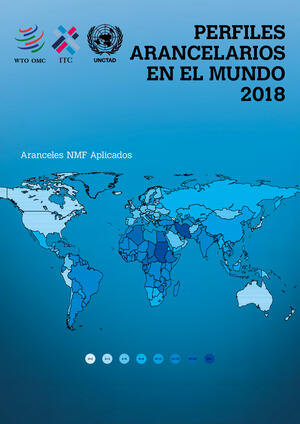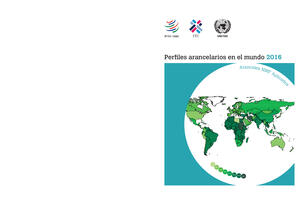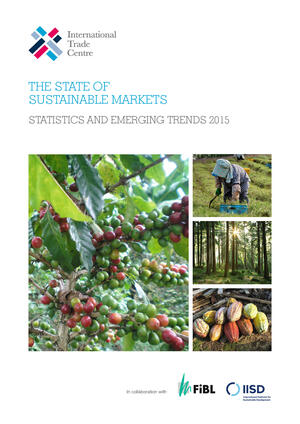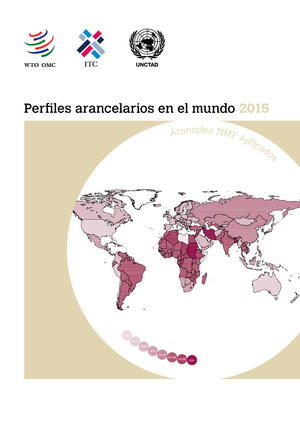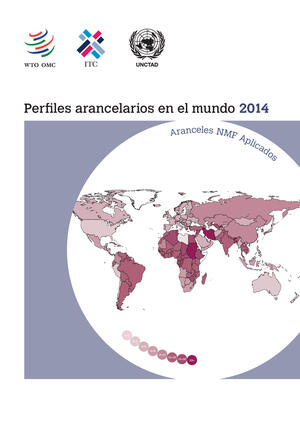E-commerce at the border: New report advises on import conditions for European and US markets
As firms ‘go digital’ during the COVID-19 pandemic, understanding import conditions is more important than ever. Small businesses that sell products online enjoy the advantages of a global consumer base, but import conditions vary markedly in different markets. A new International Trade Centre (ITC) report offers help.
E-commerce at the Border: Understanding customs and indirect taxes for United States and European Union markets helps these firms understand two of the world’s biggest markets, the European Union (EU) and the United States.
‘As small businesses build an international clientele via e-commerce, they may grow more quickly than their capacity to manage compliance in different markets,’ says ITC Executive Director Pamela Coke-Hamilton. ‘Getting it wrong can lead to significant fines or closure of international operations.’
With the EU set to apply new rules from 1 July, small firms should understand how this may affect their online trade. Low value thresholds, below which value-added tax (VAT) was not formerly payable, will disappear. Small firms can simplify VAT payments through an online “one-stop shop” – those from outside the Union will need the services of a local partner.
The online event unveils the report with a debate and a workshop that helps companies understand recent changes and weigh their delivery options.
Weighing outsourcing options
Even the most remotely-based microbusinesses can directly sell products to foreign markets now, using online marketplaces, electronic payments, and the services of global logistics partners. But when it comes to the responsibility for ensuring the payment of duties and taxes, it is the seller who is ultimately held to account.
Online sellers can deliver products in many ways. They can ship from their own stock or in bulk; have or not have a local presence in a target market; and handle trade compliance in-house, through a customs broker or a third-party logistics provider.
Among recommendations for outsourcing delivery, the report suggests: understand the customs process, know what customs clearance documents are required in target markets, compile an overview of low-value goods exemptions and keep records of all trade transactions and relevant documents.
It also explains calculations for value-added tax, sales tax and excise duties. It goes over preferential tariffs and exemptions that stem from customs unions or trade agreements, discusses trends in e-commerce policies that affect small firms and examines the World Trade Organization’s role in harmonizing tariffs.
To attend E-commerce at the border, please register here.















